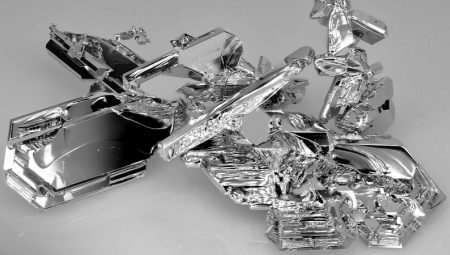The elements of the periodic table are familiar to everyone, however, over time, scientists discover new ones and also describe in detail the properties of those already known. One of the remarkable and interesting discoveries is ruthenium, which has unique magnetic properties and is therefore very important for science and modern technology.
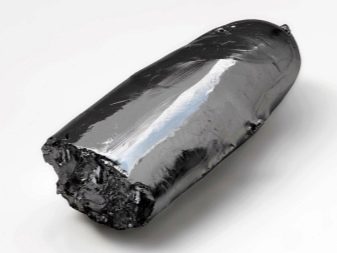
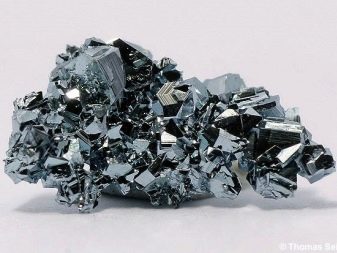
What it is?
Ruthenium is considered the lightest of the platinum group metals, and is also characterized by less nobleness. The element was discovered by Professor Ozann, who was interested in the study of the Ural precious ores. The researcher concluded that, in addition to platinum, the ore contains ruthenium, semiran, and polynomial. Elements received names from Ozanne, while ruthenium was named after Russia. The attitude to the work of the professor was rather critical, therefore the chemist conducted experiments repeatedly.
After several decades of work, Ozanne became interested in chemistry professor K.K. Klauss from Kazan University. He developed his own experiments to extract platinum from precious ore.

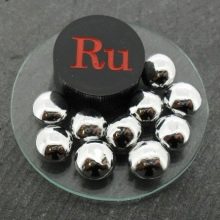
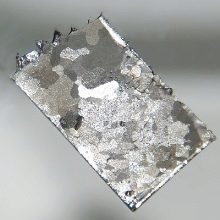
Almost all his life, the Soviet scientist S.M. Starostin devoted himself to the study of this multivalent metal. In the course of his work, he made a lot of conclusions about the characteristic features of ruthenium, as well as the severity of its separation from uranium and plutonium.
Ruthenium is classified as a noble metal; its properties are partially similar to the characteristics of iron and osmium. The element has the 44th number in the periodic table and is in the 8th group of the 5th period. Ruthenium has a relative atomic mass of 101.07 amuIts electronic formula includes 44 positively charged nuclei, inside which 44 protons, 57 neutrons, and 44 electrons are located, which move around in 5 orbits.
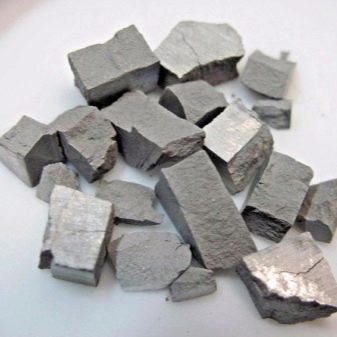
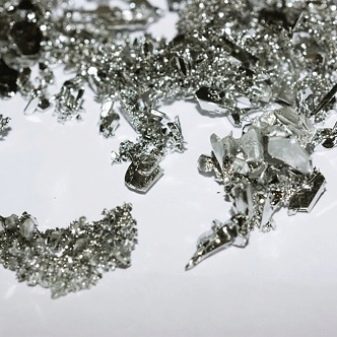
The properties
Ruthenium is not only metal, but also an additive that gives gold a black color. His electronic formula – 4s 2 p 6 d 7 5s 1, melting point - 2250 degrees Celsius. Scientists claim that this metal in the earth's crust has about 5,000 tons. For this reason, and also because of difficult mining, a noble element is expensive. The properties of ruthenium differ from the characteristics of other metals; therefore, it is appreciated in many industries. An element can be harmful only in some compounds.
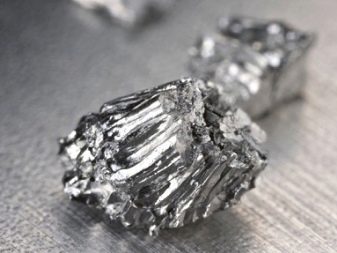
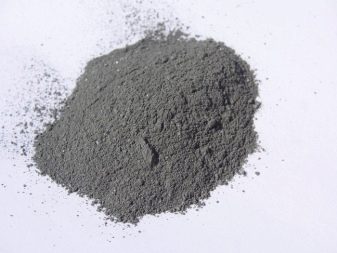
Chemical
Chemical properties of Kazan metal are considered typical for platinum.. This is a highly inert element of the periodic table, which has 7 natural isotopes with high stability and 20 artificial ones, which have mass numbers 92-113.
Under normal temperature conditions, ruthenium is not subjected to oxidation and corrosive processes, as well as to the influence of acid and alkali. If ruthenium is heated to a temperature of 400 degrees Celsius, then it is able to react with chlorine. A metal heated to 930 degrees can interact with oxygen.
There are metals that, together with ruthenium, are capable of creating alloys with high stability – intermetallic compounds. In compounds, the noble element exhibits a valence of 0-8. The most significant compounds with the participation of ruthenium are ruthenium dioxide, ruthenium tetroxide, ruthenium sulfide, as well as its fluoride.
In the form of a pure metal, ruthenium can be used as a catalyst having a high selectivity. This characteristic contributes to the fact that the noble metal can be used for the synthesis of substances of organic and inorganic nature.
Everything else, it can act as an excellent sorbent for hydrogen.
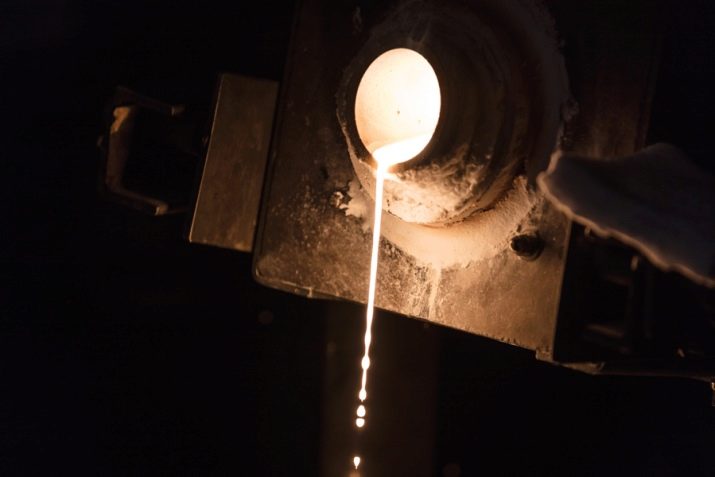
Physical
Ruthenium is a beautiful solid metal, its color directly depends on the method of preparation and can vary from gray-blue to silver-white. Due to some characteristics, the element is considered unique. Due to the extreme fragility of ruthenium, it can be easily rubbed in the hand, however, it also has high hardness - 6.5 on a 10-point Mohs scale.
Ruthenium is one of the lightest metals in the platinum group.Its density is 12.45 g / cm3. This item is different refractoriness - for it to go into a liquid state, a temperature of 2334 degrees Celsius is required. During smelting, metal particles evaporate in the electric arc. The procedure of high-temperature calcination in the open air entails the volatilization of metal tetroxide.
Ruthenium is a superconductor. The 44th element is characterized by great scientific and practical importance, as it is considered an interesting precious metal.
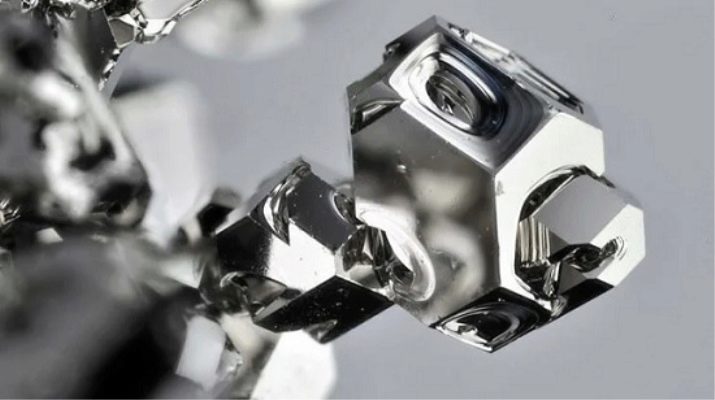
Where is it used?
Due to the fact that ruthenium is not oxidized, has a pleasant color and luster, it is often used in jewelry. At the same time, goods made of pure metal do not exist, since it belongs to scarce ones. This platinoid is fragile, so it is used as a master alloy of a precious alloy.
The high cost of ruthenium and its poor fusibility contribute to its use as a coating for jewelry. Its presence in jewelry contributes to the fact that jewelry made of titanium becomes resistant to corrosion, and gold and platinum - more durable. Ruthenium can be used as an additive that colors gold black.
Ruthenium compounds have found their application in glass production. Some enamels contain noble metal. On top of that, ruthenium is part of the fluorescent coating that glows due to its presence.
Medicine uses ruthenium red.He highlights some types of tissue examined under a microscope.
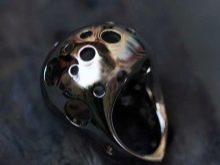


It is known that ruthenium stains tumors and allows them to be seen in the study of the human body. Thanks to him, doctors see each of the affected cells. Ruthenium is also used in the manufacture of drugs for tuberculosis, as well as infectious and skin ailments. Without this noble metal, it is hard to imagine the space industry.
Since ruthenium is resistant to heat, it has become an integral part of the raw materials for thermocouples, which are used during high temperature measurements. In the electrical industry, ruthenium is used in its pure form. This metal is applied in a small layer on the radio components for anti-corrosion effect. Due to this spraying, the products are characterized by chemical invulnerability, as well as low mechanical wear.

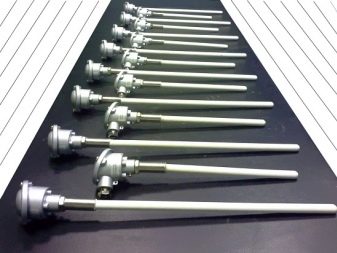
Production prospects
Despite the fact that world reserves of ruthenium are small and amount to 5,000 tons, the metal is considered waste. This mineral is not mined in its pure form, but is isolated during platinum production. Expensive metal is mainly purchased by industrialists; it is valuable at the present time and will continue to be appreciated. To date, there are known cases of the use of ruthenium for the synthesis of diamonds.
Today, this noble metal is trying to compete with platinum, iridium and rhodium. Scientists believe that in the future, much can be expected from the use of ruthenium coating, which increases the resistance of the product to corrosion, mechanical and chemical damage. Such a unique property of the metal, as the ability to sorb and transmit hydrogen, can later be used to produce pure hydrogen.
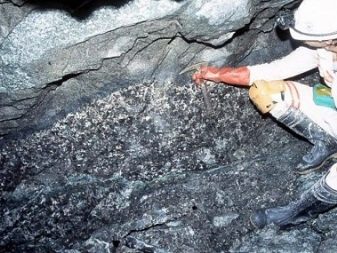

Interesting Facts
There are many interesting facts associated with silver metal.
- Ruthenium is the only metal that was removed in Russia by extraction from mineral raw materials.
- So far, no one has been able to obtain 100% stable ruthenium, since the element is characterized by high chemical activity.
- Ruthenium is a very refractory metal; only rhenium, osmium, molybdenum, iridium, tungsten, tantalum, niobium are second to it in this characteristic.
- The uniqueness of ruthenium lies in its multivalence, it has the ability to manifest in 9 different valencies.
- This noble metal cannot be dissolved in acid and “aqua regia.”
- This element is considered the only one that has the ability to bind air nitrogen to a chemical compound. Some bacteria have this ability.
- In nature, there is one substance with ruthenium - laurite.
- A relatively large amount of ruthenium is in Russia, Canada and the United States.
- Ruthenium is a rare highly valent metal with unique properties. Its higher oxide is considered a fairly toxic substance.
In the form of a strong oxidizing agent, ruthenium can cause fire hazardous substances.
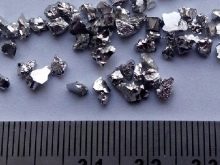

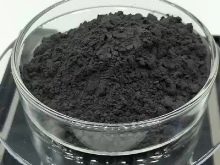
In the next video you will find more information about ruthenium.
